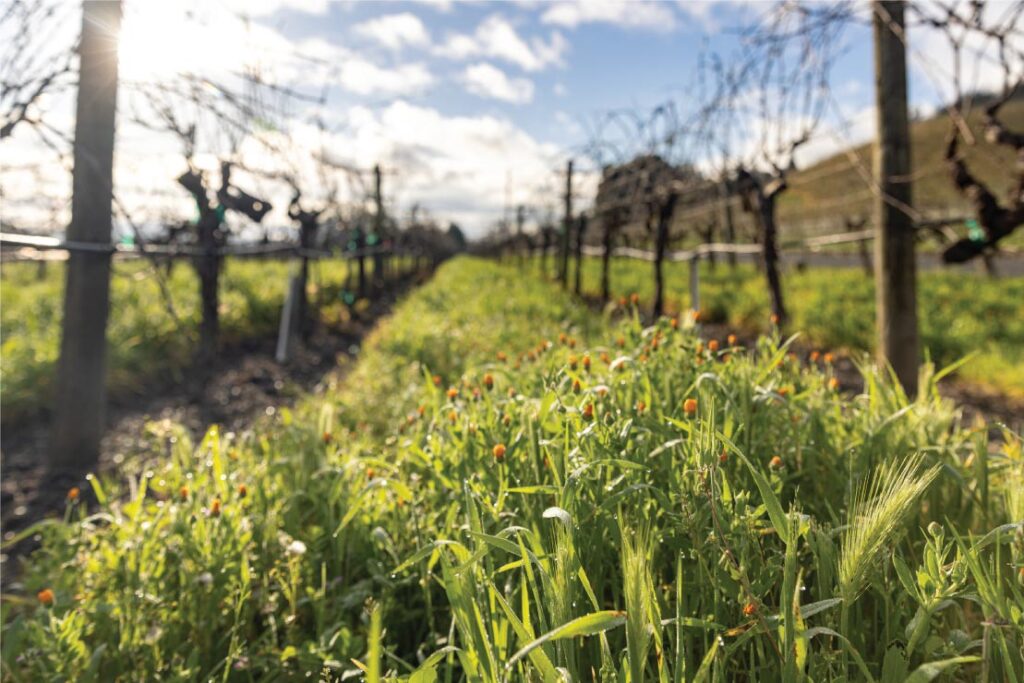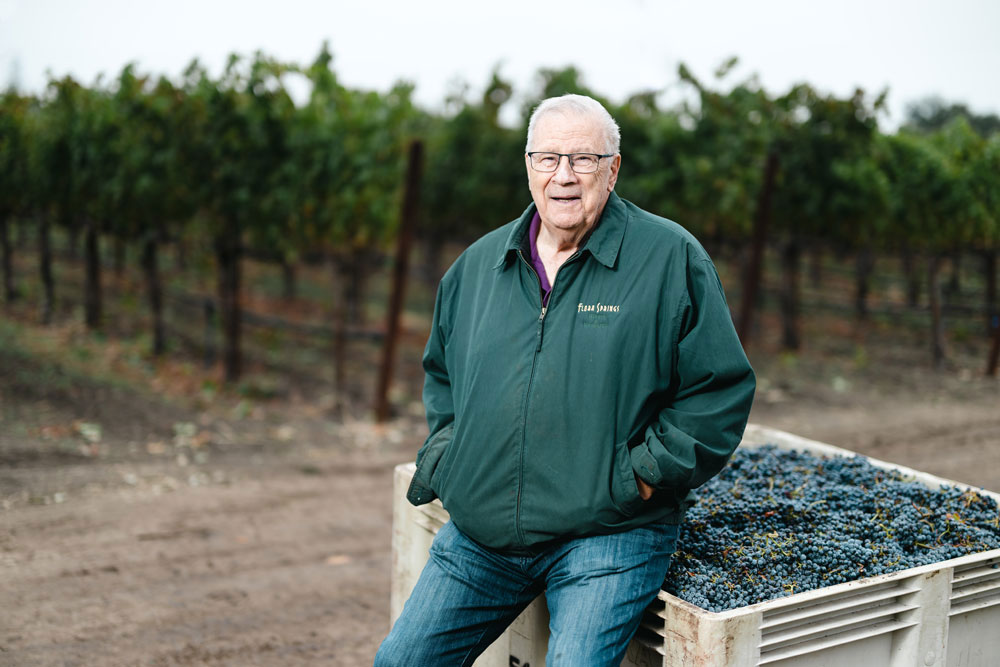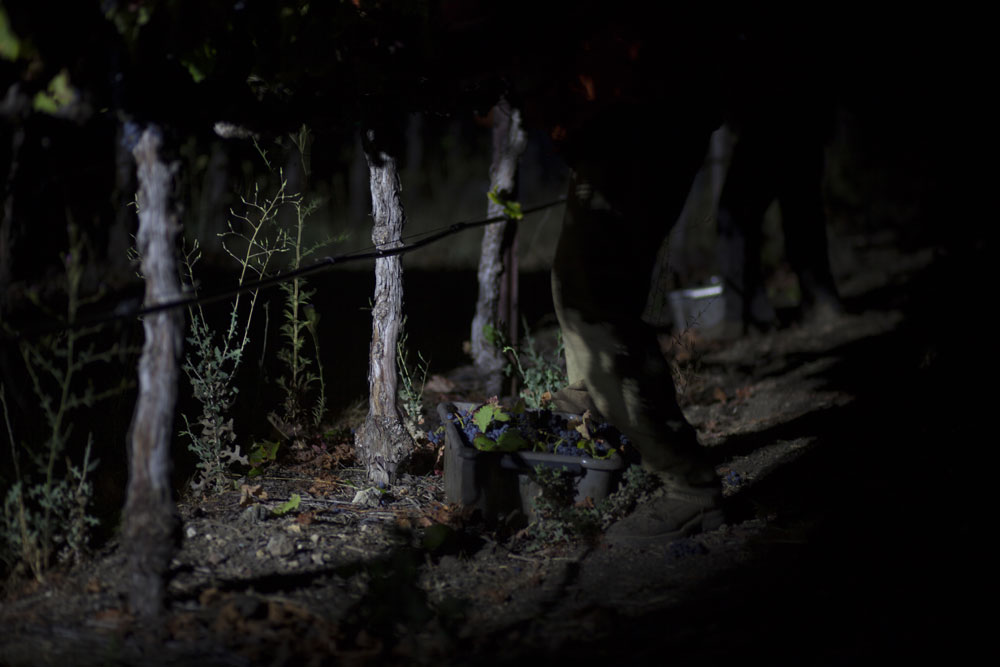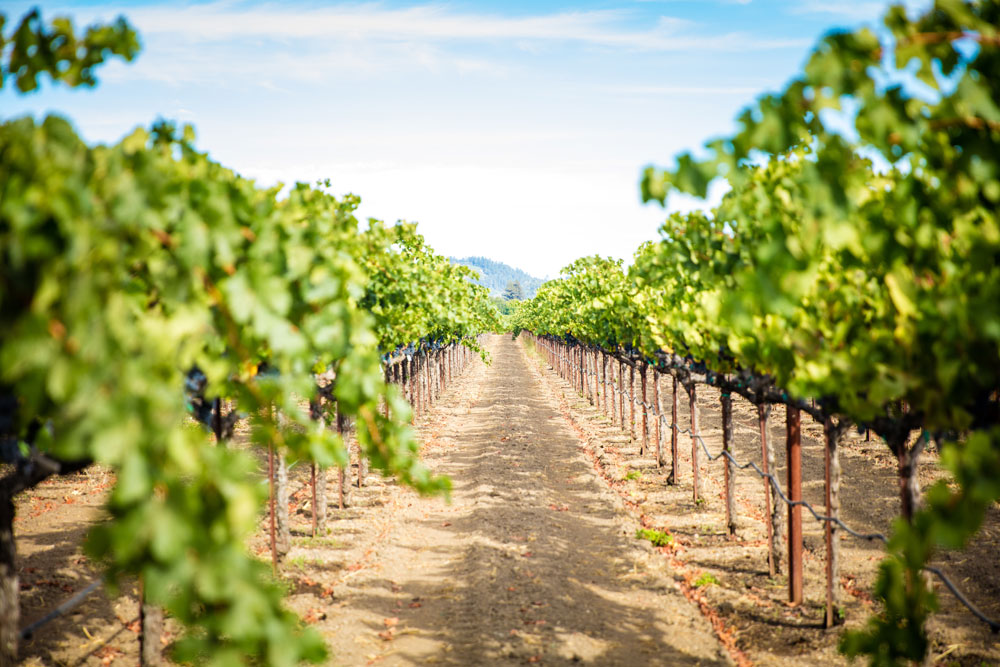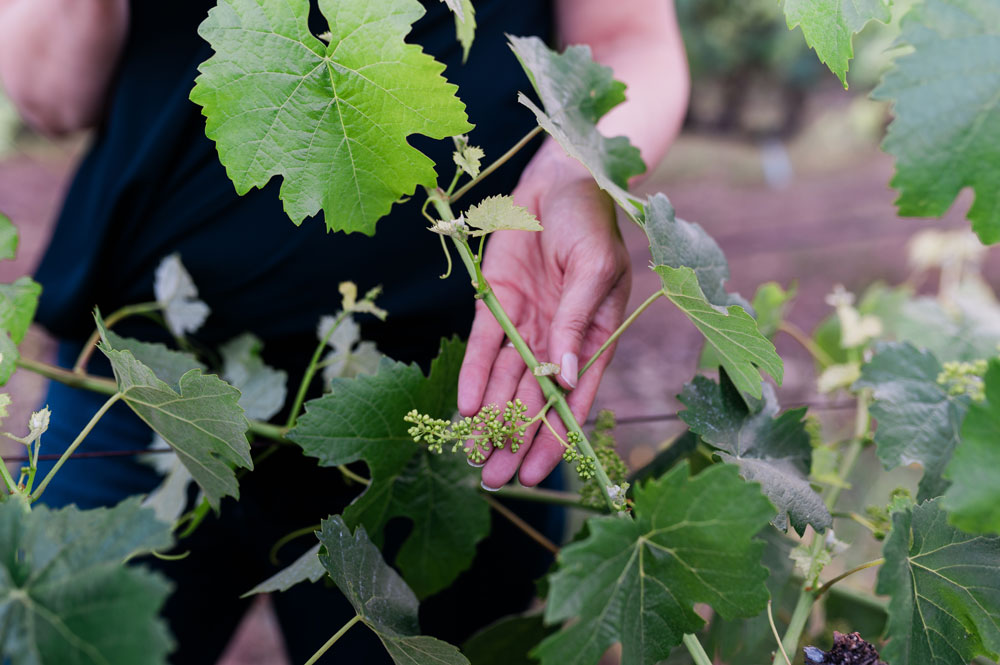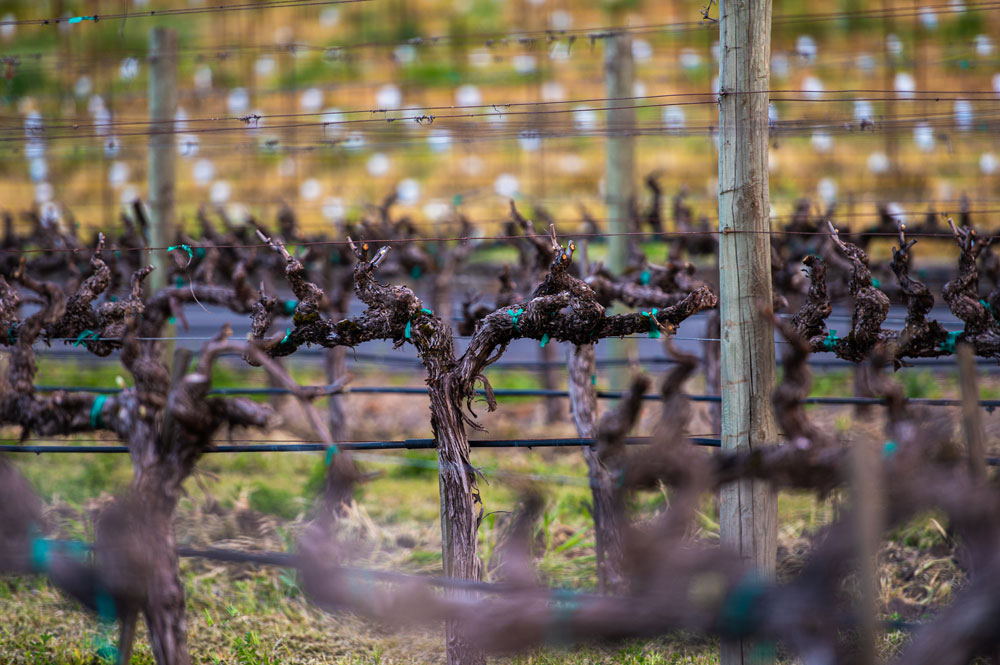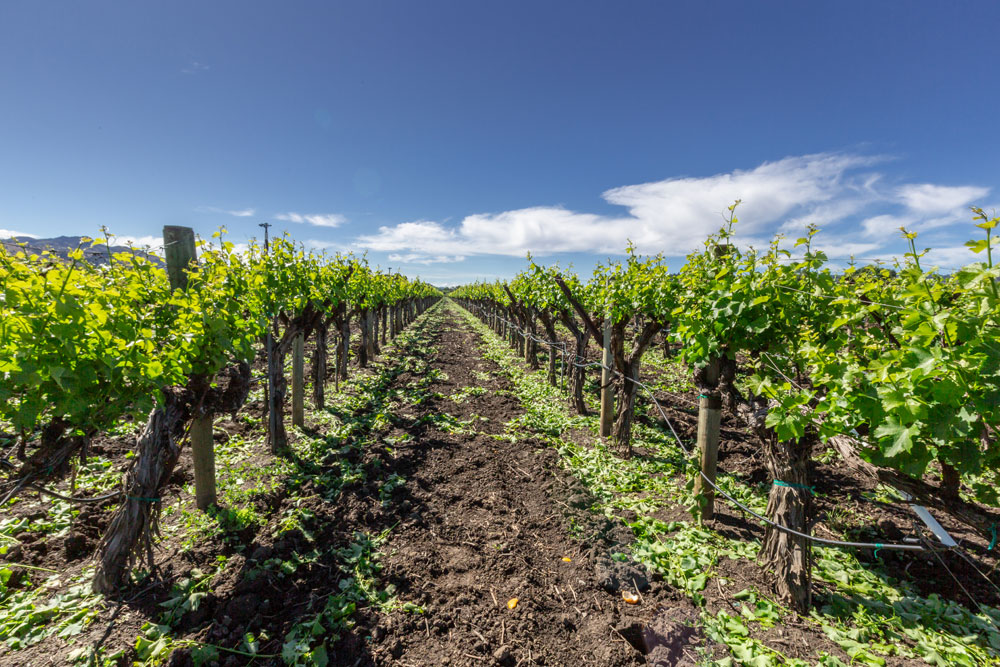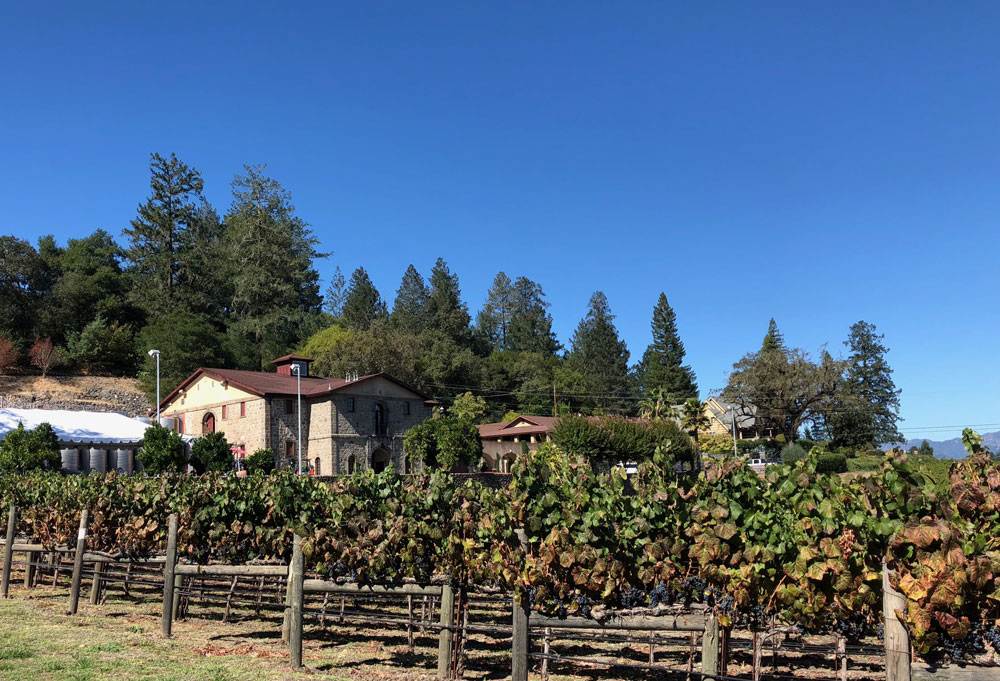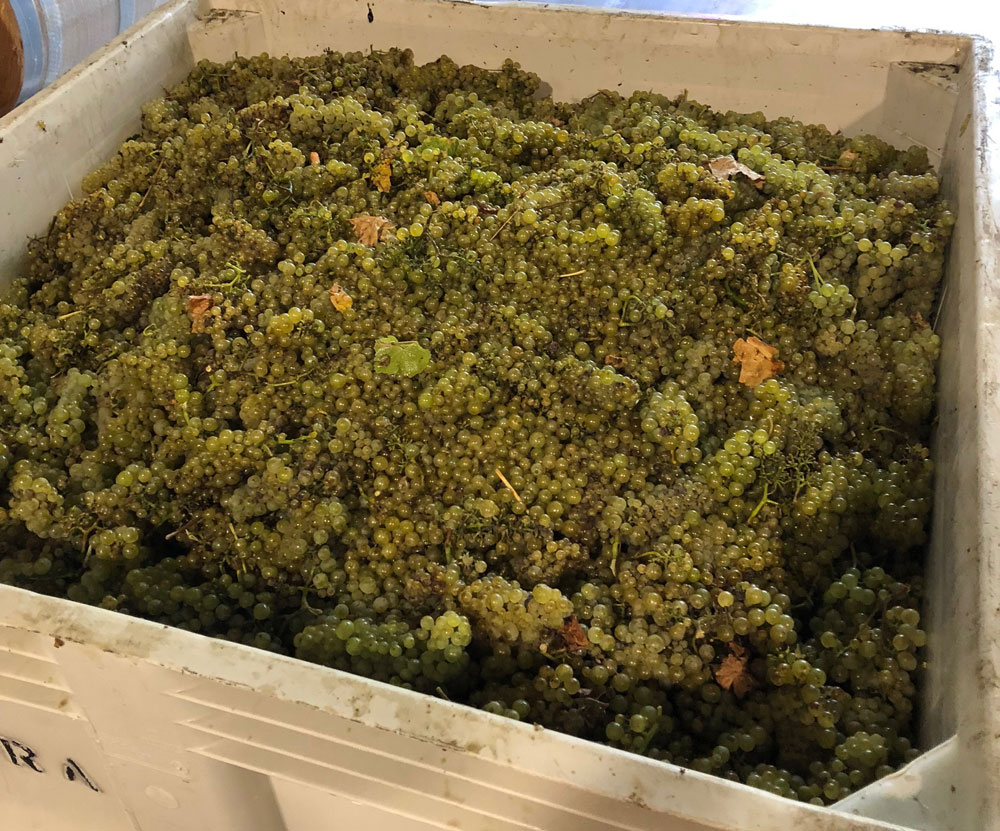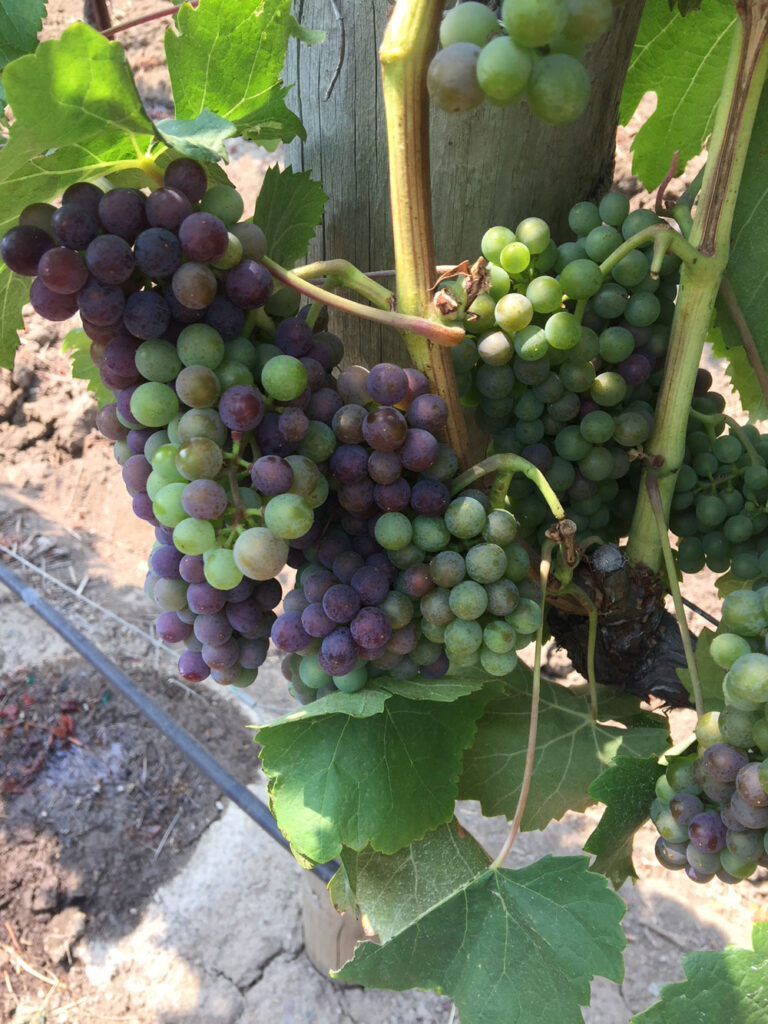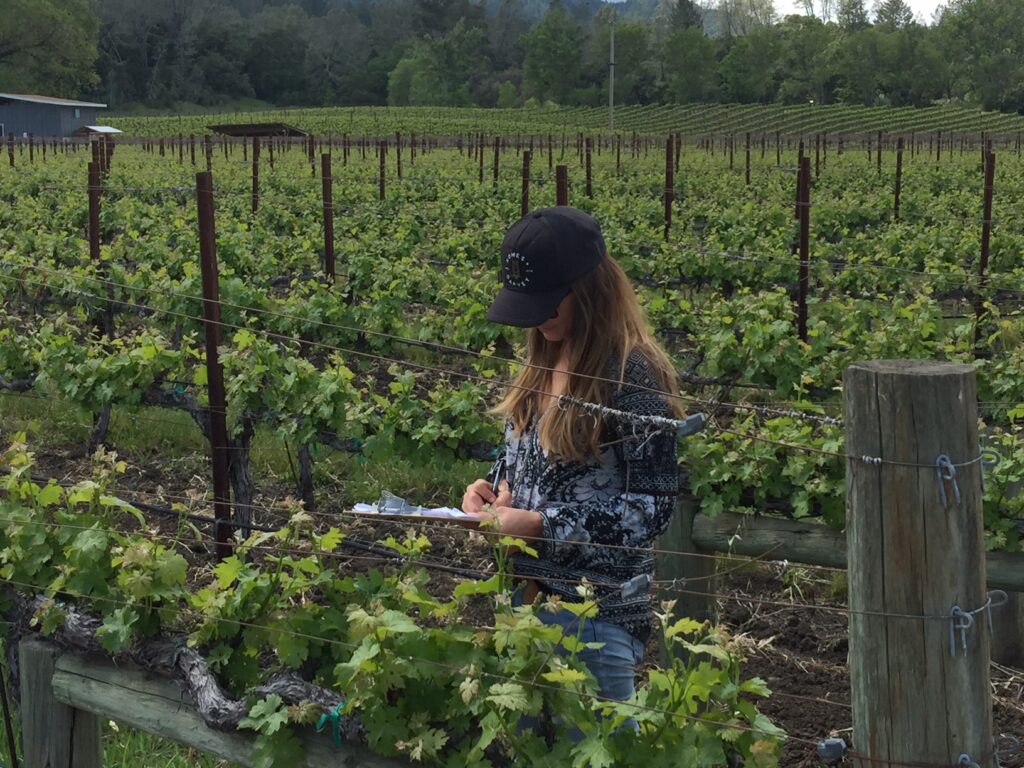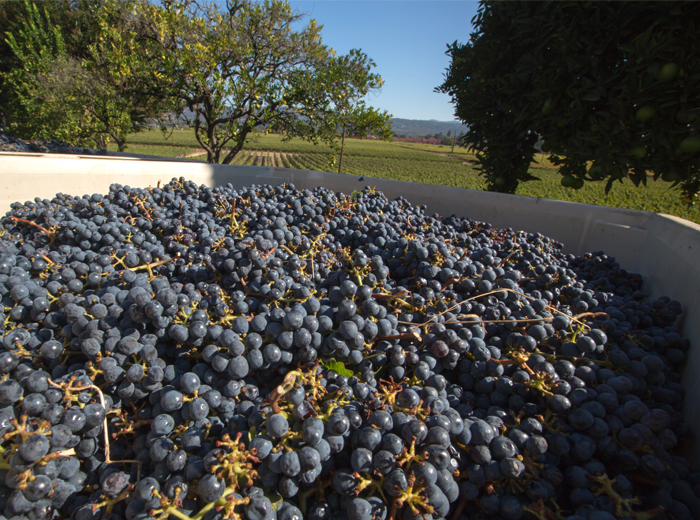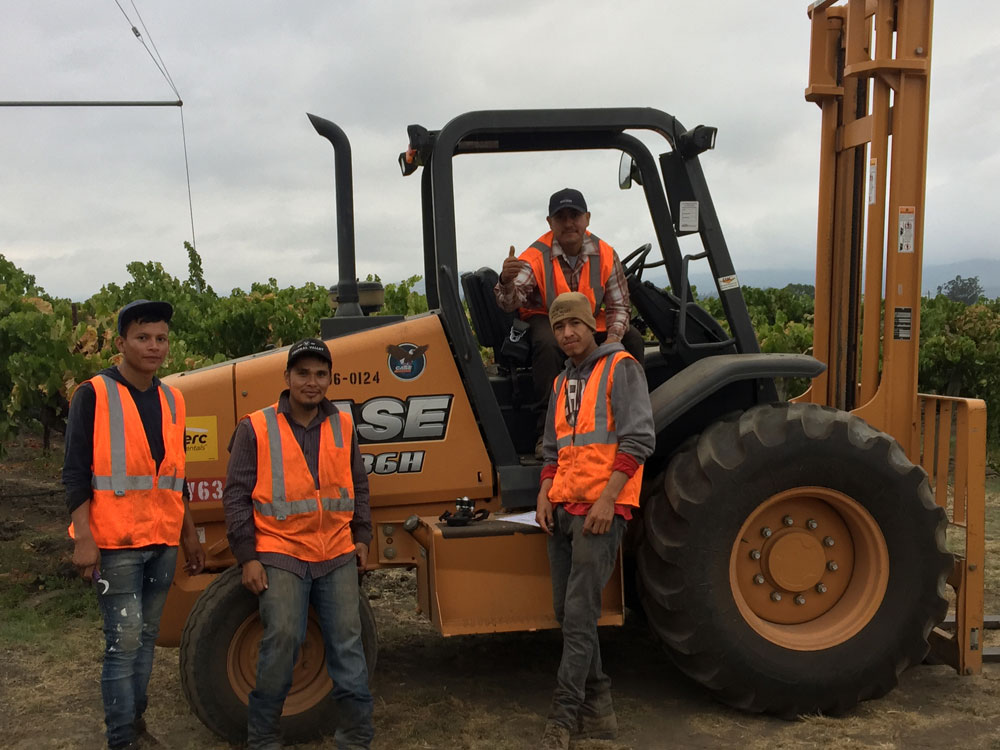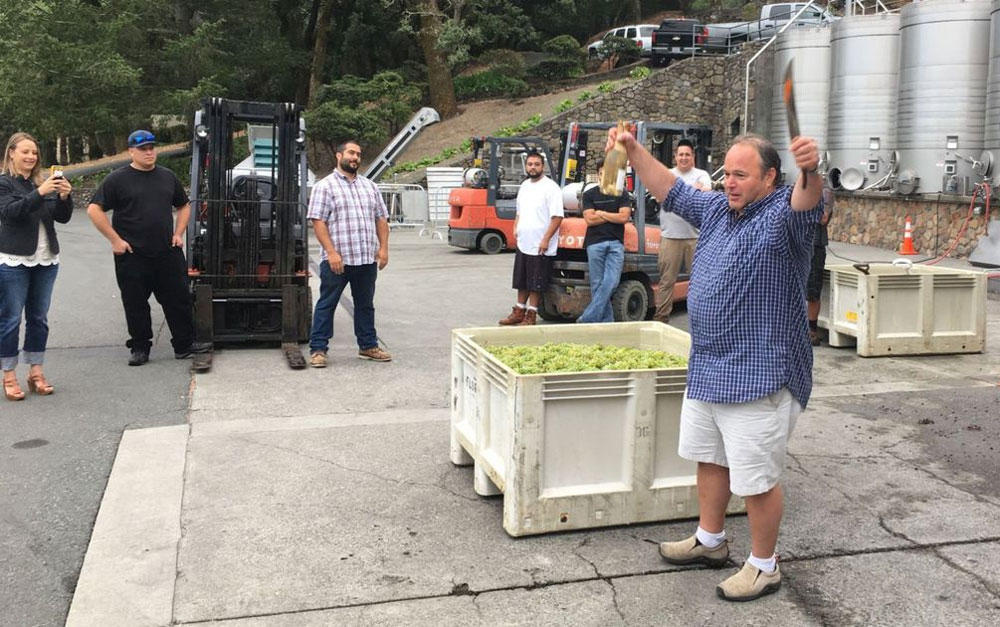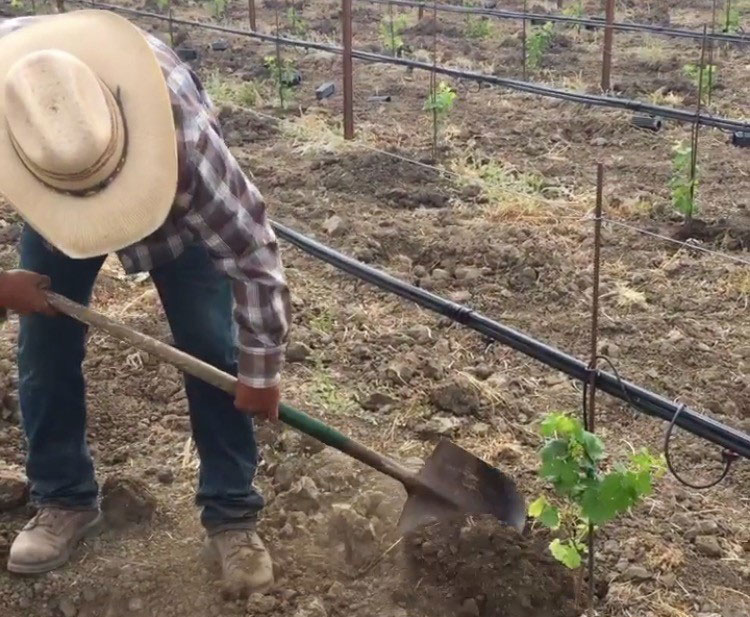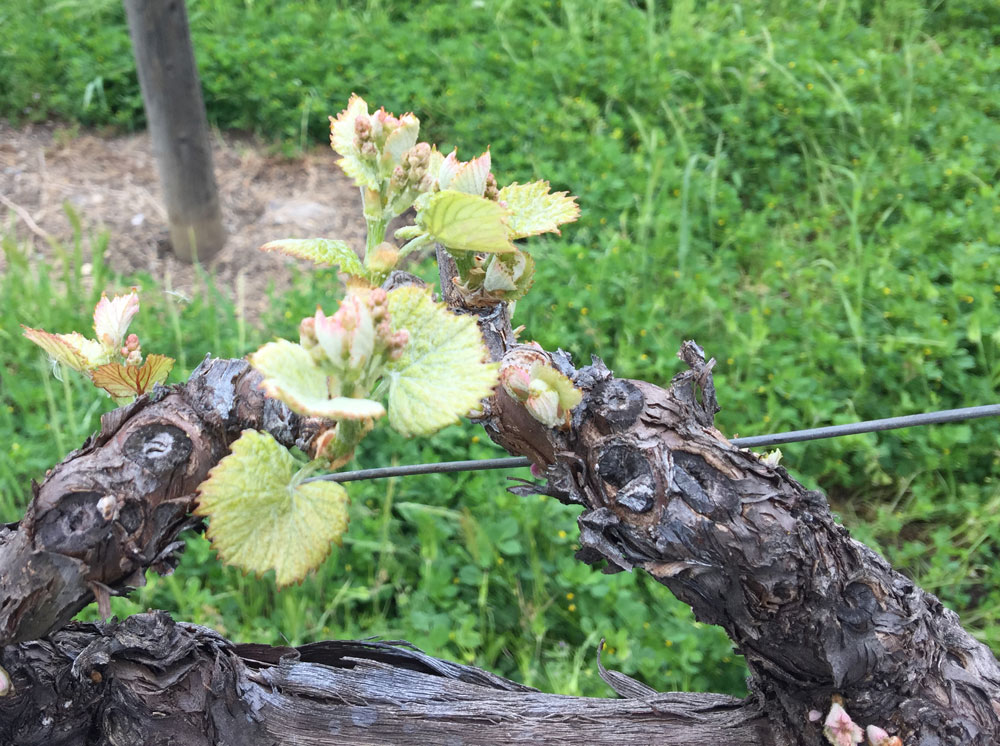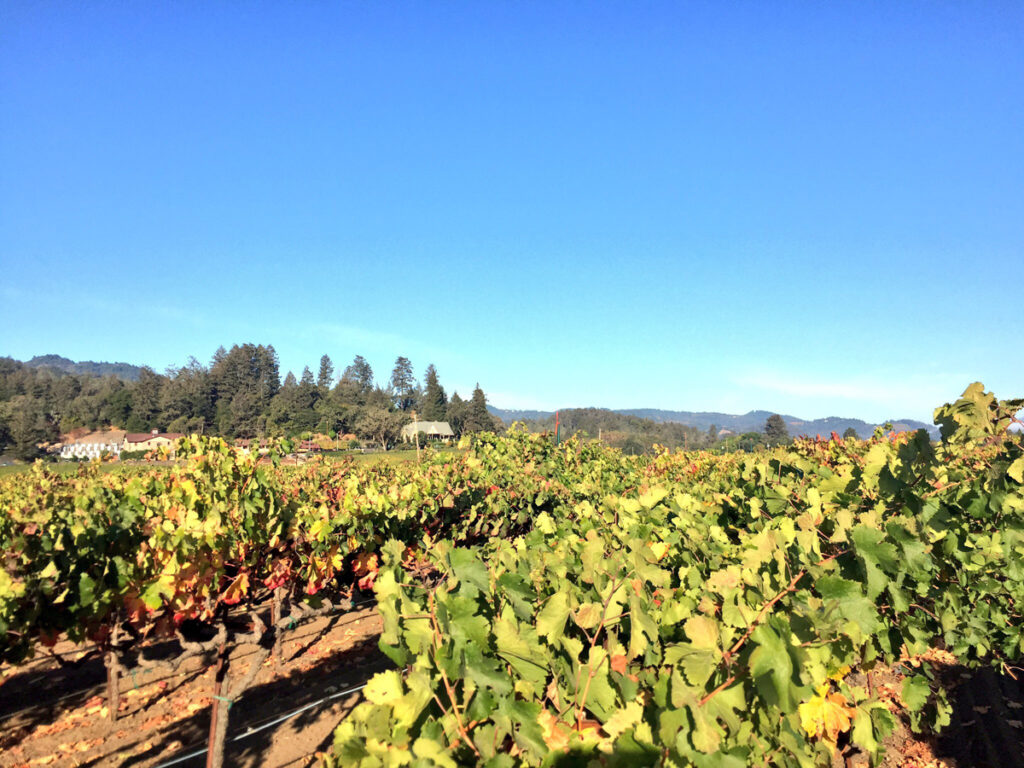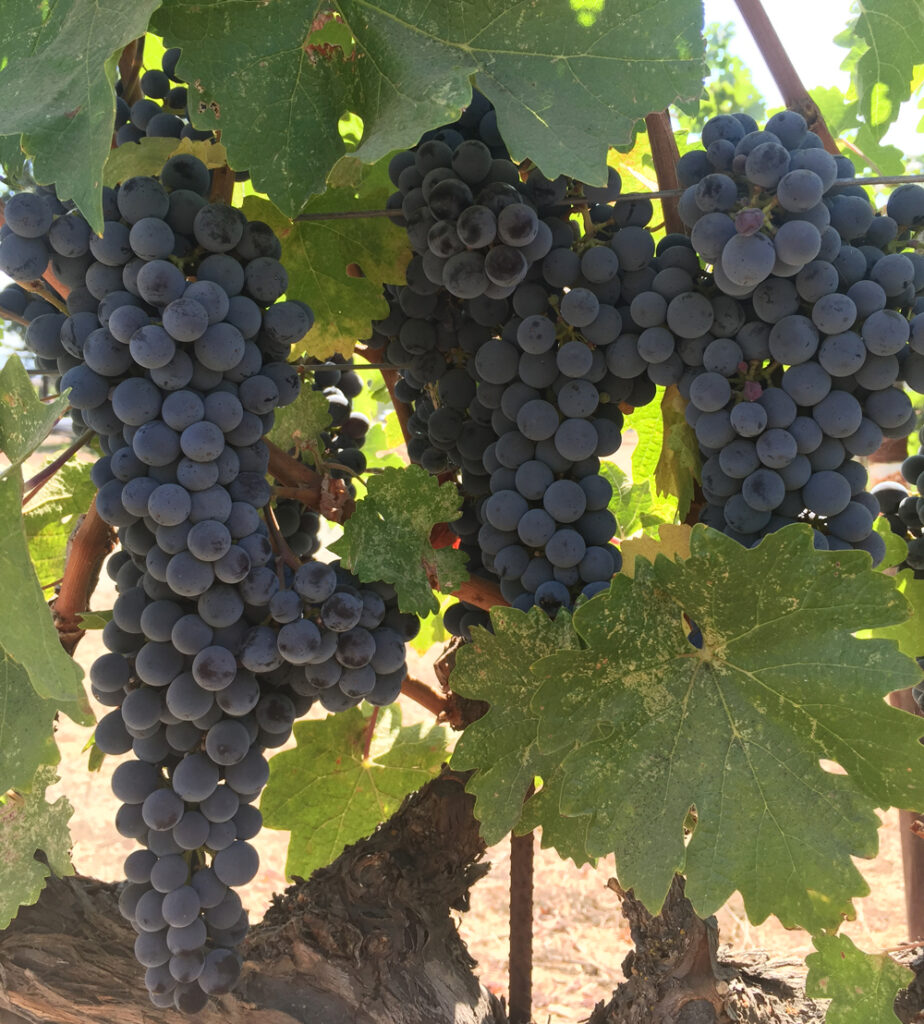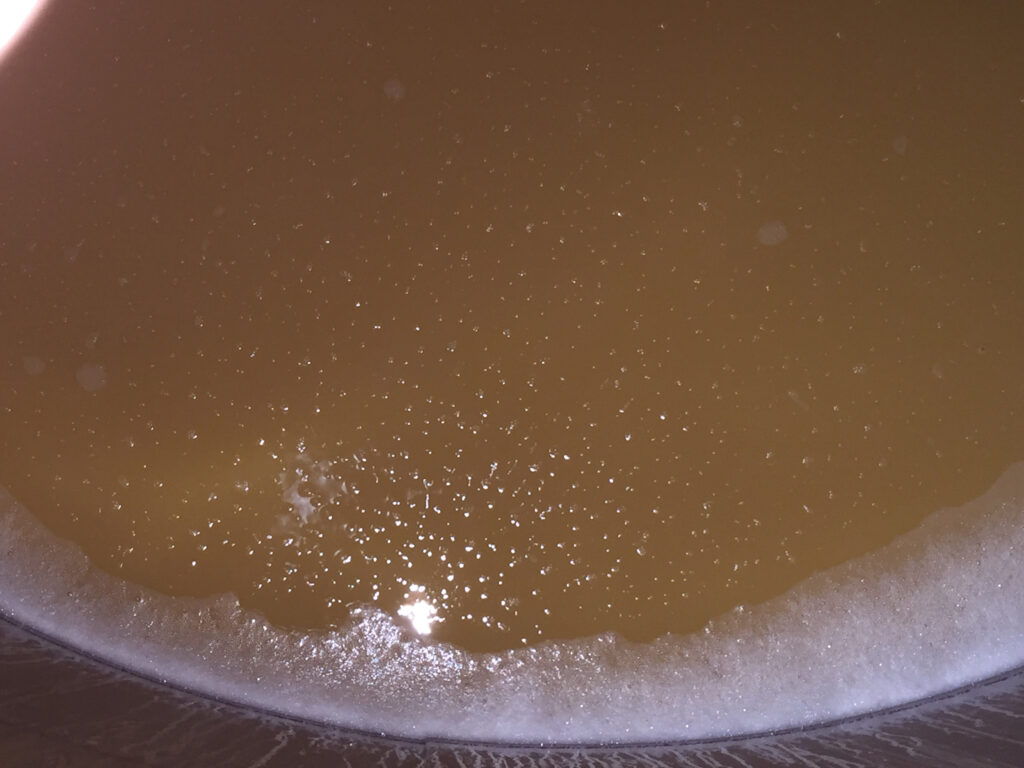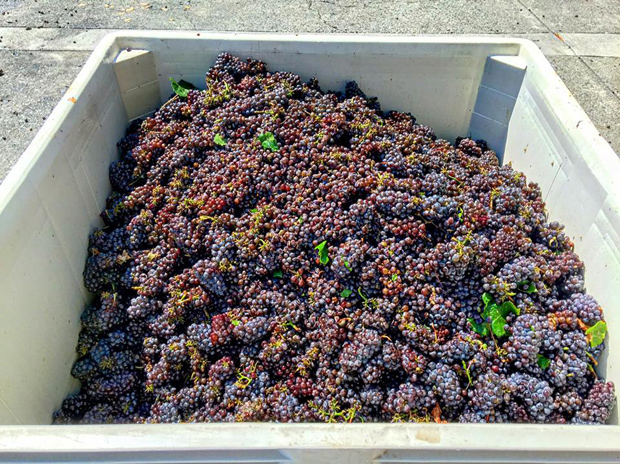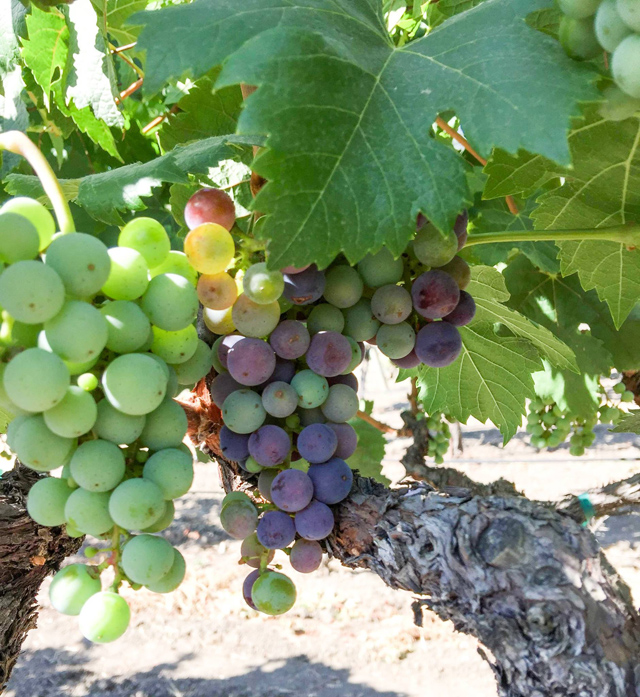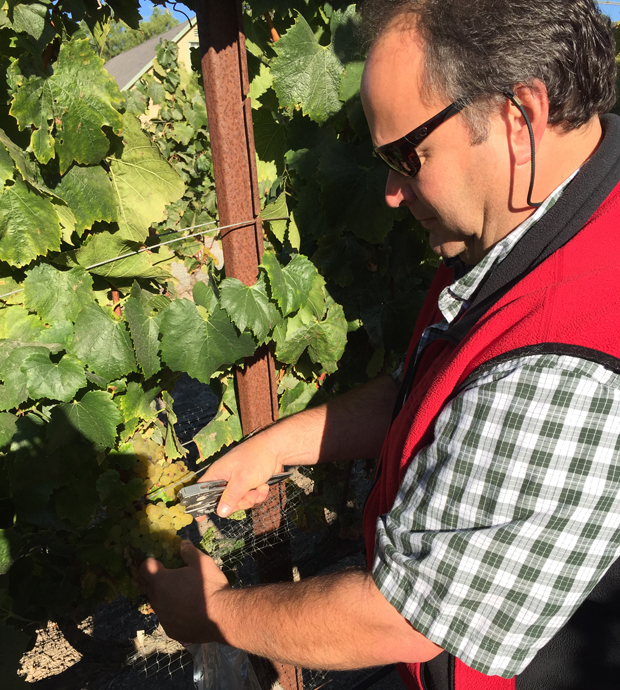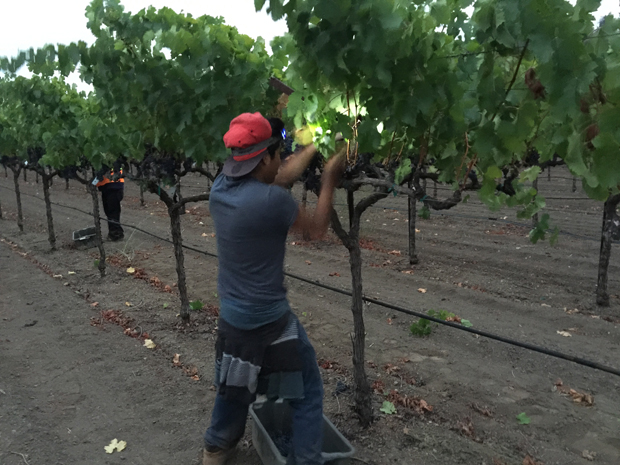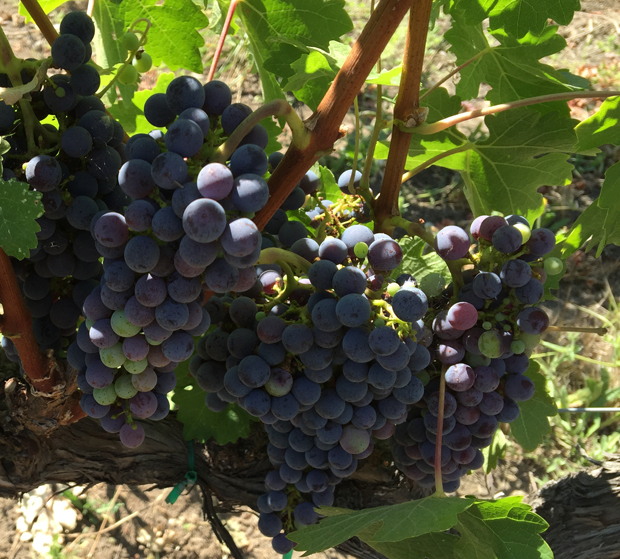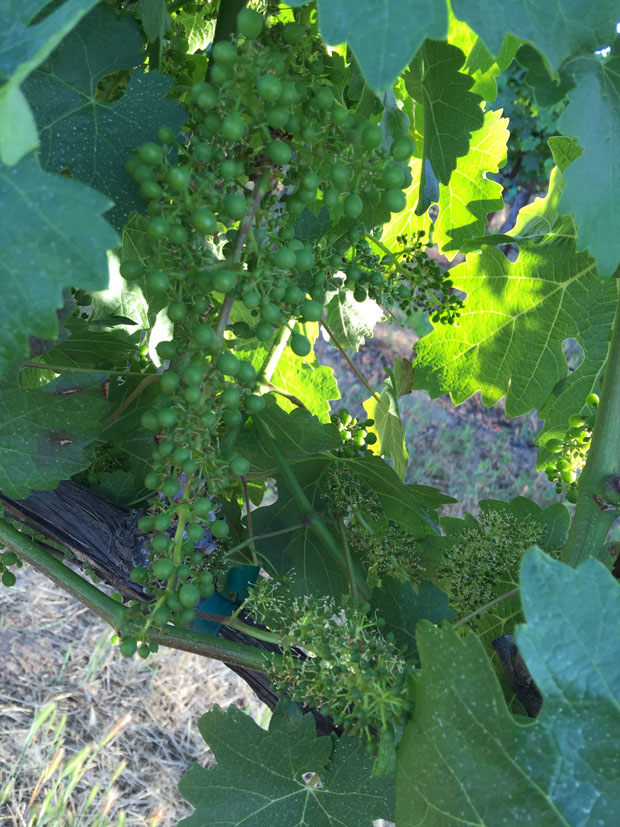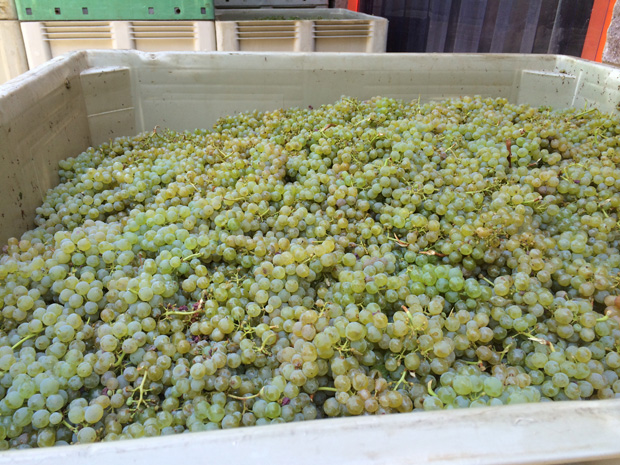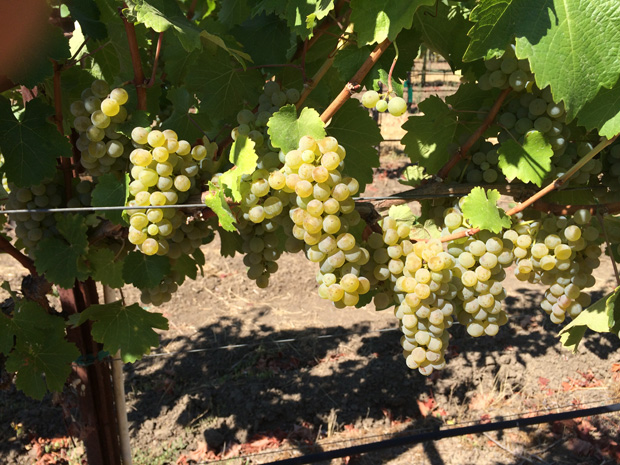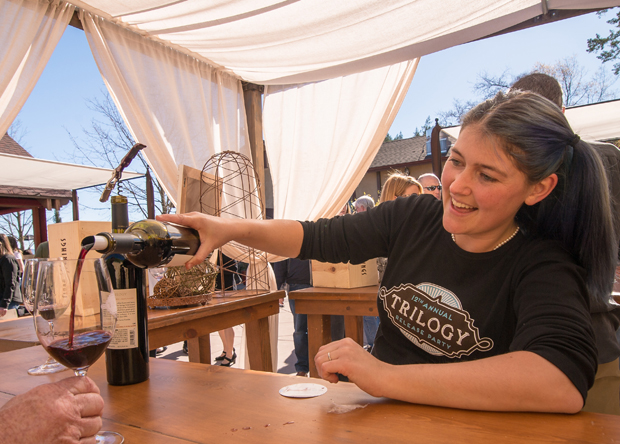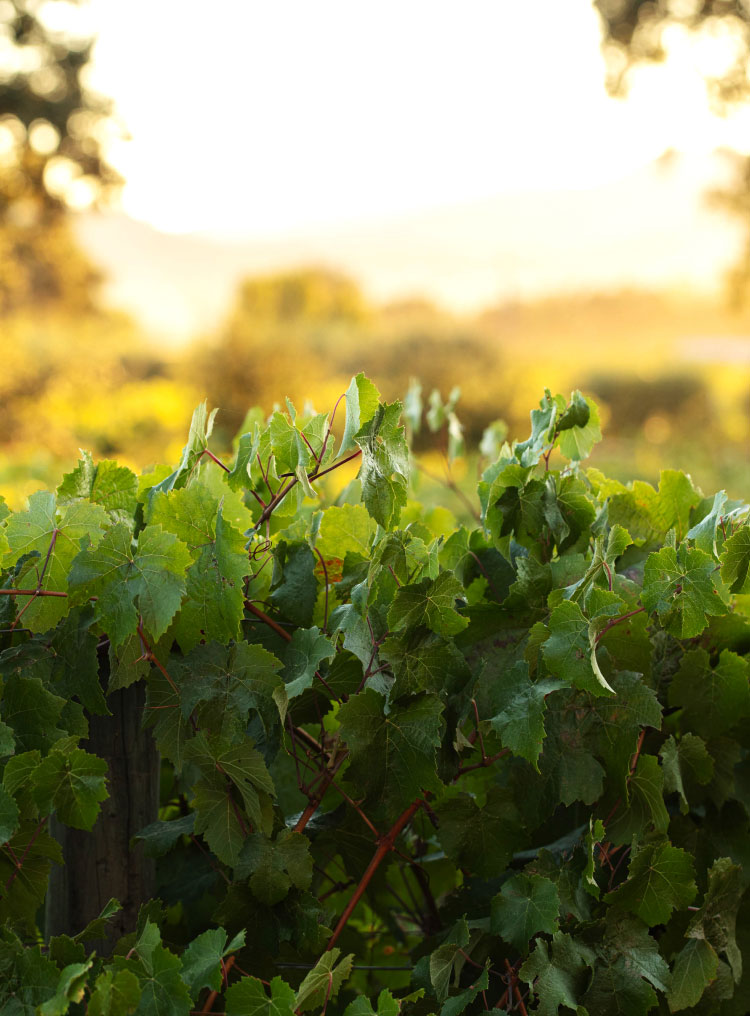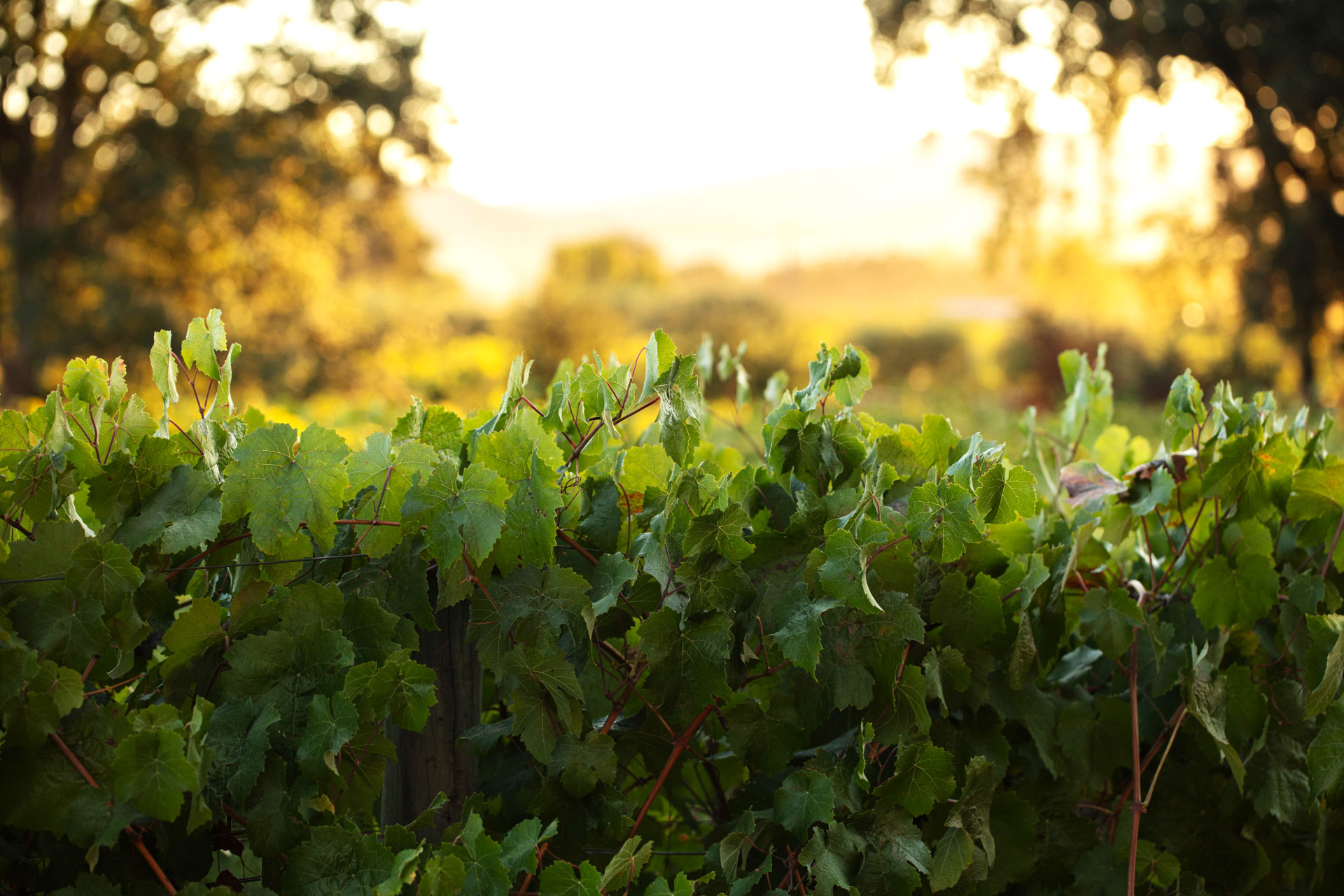Harvest Updates
March 25, 2024
Springtime in Napa Valley & The Benefits of Bees
November 7, 2022
John Komes on His 44th Napa Valley Harvest
October 15, 2022
Night Harvest
May 30, 2022
We Have a Thirst for Conserving Water
April 14, 2022
The 2022 Growing Season Is Underway
July 29, 2021
In the Vineyards
June 20, 2019
Vineyard Update from Winemaker Paul Steinauer
October 10, 2018
Harvest 2018: Update #3 from Winemaker Paul Steinauer
September 18, 2018
Harvest 2018: Update #2 from Winemaker Paul Steinauer
May 2, 2018
Vineyard and Winery Update from Paul Steinauer
February 22, 2018
The 2017 Vintage: Quality and Resilience
September 8, 2017
Winemaker Update 2017 #4
July 21, 2017
Vineyard Update by John Komes
March 24, 2017
Winemaker Update 2017 #1: Bud Break!
October 11, 2016
Harvest 2016 Update #5
October 5, 2016
Harvest 2016 Update #4
September 1, 2016
Harvest 2016 Update #3
August 16, 2016
Harvest 2016 Update #2
July 15, 2016
Harvest 2016 Update #1
September 29, 2015
Harvest 2015 Update #10
September 25, 2015
Harvest 2015 Update #9
September 10, 2015
Harvest 2015 Update #8
September 2, 2015
Harvest 2015 Update #7
September 1, 2015
Harvest 2015 Update #6
August 26, 2015
Harvest 2015 Update #5
August 20, 2015
Harvest 2015 Update #4
August 19, 2015
Harvest 2015 Update #3 – And so it begins!
August 5, 2015
Harvest 2015 Update #2
June 9, 2015
Harvest 2015 Update #1
September 25, 2014
Harvest 2014 Update #13
September 22, 2014
Harvest 2014 Update #12: Merlot Pump Over
September 16, 2014
Harvest 2014 Update #11
September 10, 2014
Harvest 2014 Update #10
September 4, 2014
Harvest 2014 Update #9: A Grape’s Journey
September 3, 2014
Harvest 2014 Update #8
August 27, 2014
Harvest Update #7: Earthquake Edition
August 21, 2014
Harvest 2014 Update #6
August 18, 2014
Harvest 2014 Update #5
August 14, 2014
Harvest 2014 Update #4
August 12, 2014
Harvest 2014 Update #3
August 5, 2014
Harvest 2014 Update #2
July 13, 2014
